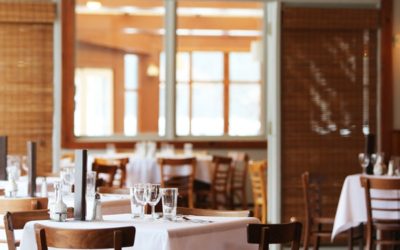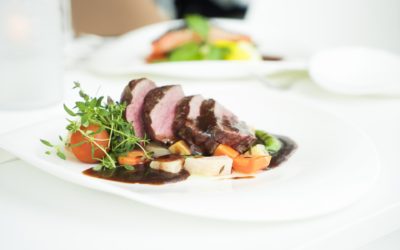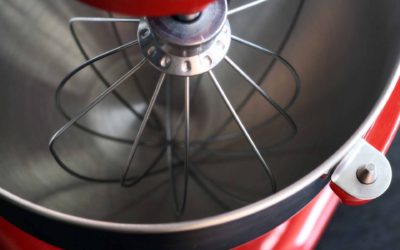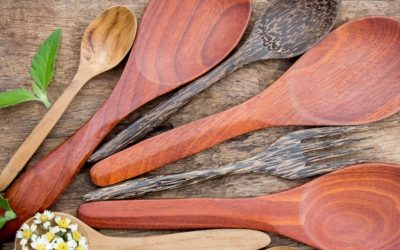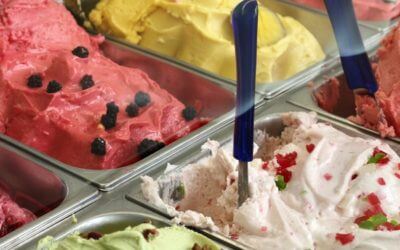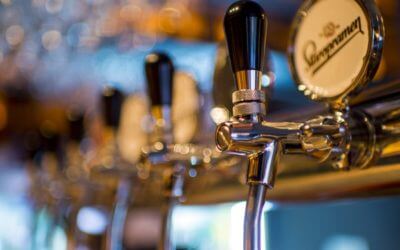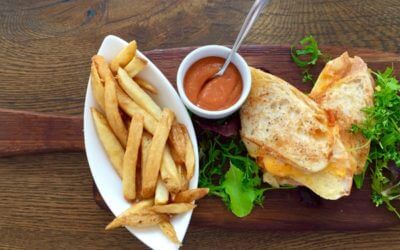Planning Your Equipment Needs When Your Restaurant is Expanding
August 15, 2017Your restaurant is doing great, guests are coming in, and they’re spreading the word about the culinary masterpieces your restaurant offers, as well as the exceptional service that is provided by the kitchen equipment and staff.
But with all the new business, you’ve gotten to the point where you need to upgrade your existing kitchen equipment. But just how do you go about planning your equipment needs?
If your restaurant is expanding, then you’re probably going to have to invest in new kitchen equipment, because the kitchen is the hub of the operation. When planning for your equipment needs, you also have to consider the layout of your kitchen, because you want to make sure that everything will fit well, and will be easily accessible to staff.
Here are 3 questions to consider when planning your equipment needs.
1. What type of kitchen equipment do you need?
- Ranges: Having top-quality ranges on hand is vital. You want to ensure that there are no hiccups getting the food from the kitchen to the customer, and having the right range is a big part of that. The ranges you choose should meet the cooking needs of your operation, but they should also be aesthetically pleasing and complement the kitchen design. You’re going to have to compare your options when deciding which commercial range to buy.
- Refrigerators and freezers: Refrigerators and freezers are vital to the efficient running of the kitchen, because food must always be fresh and well-preserved, so these items need to be of the highest quality. The decision regarding the size and type of refrigerators and freezers to buy will be influenced by the anticipated increase in your business.
- Sinks: Sinks are often overlooked when checking out equipment for restaurant expansion, but they are also a vital component. The 3-compartment sink is the ideal option because it gives you the flexibility to do several tasks at once. Commercial sinks are usually made of stainless steel, but be sure to get the best grade available.
In addition to the equipment listed above, you also have to think about extra tables and chairs, utensils, counters for food preparation, food processors, mixers, and more.
2. Should you buy or lease the new kitchen equipment?
In some cases, it may be very cost-effective to lease some of the kitchen equipment you need. However, you’ll have to weigh the pros and cons, and determine which is more affordable and more feasible. Leasing larger items, such as ice machines and stoves, can help save you some money, and leasing smaller items may also be a good option. However, be sure to consider the terms of the lease, as well as your current cash flow.
3. Should you buy new or used kitchen equipment?
If you’re in the market for additional equipment for your restaurant, you are sure to come across some good deals. It’s always possible to get items like refrigerators, coolers, stoves, grills, tables and chairs at an affordable cost. It really depends on your budget, but buying used kitchen equipment can save you money. However, make sure to consider the shorter lifespan and higher maintenance costs that can come with used equipment. New equipment is often cheaper in the long run.
If you’re looking to get new equipment for your restaurant, make sure to answer these 3 important questions at the start, and you’ll be well on your way.
5 Keys to Creating the Perfect Restaurant Seating Areas
Restaurants are about so much more than just food. From the setting and layout of your restaurant to your choice of colors, it takes a lot more than an appealing menu to keep diners coming back for more. When setting up your restaurant, booths and chairs are important...
5 Essential Buying Tips for Your Next Food Prep Work Table
The right foodservice equipment is pivotal to the efficiency of your kitchen. One of the most important types of foodservice equipment for any kitchen is the work table. With limited room on countertops available for your food prep needs, the cooking process can drag...
Tips for Keeping Your Commercial Sink Sparkling Clean
Your commercial kitchen, just like your personal kitchen, must be kept clean at all times. With all of the cooking and food processing you do, it is inevitable that your sink gets messy. Cleaning up your commercial kitchen is incomplete without proper cleaning of your...
Food-Cutting Secrets to Beautiful Dishes
In the restaurant industry, presentation is often said to be just as important as the food itself. Using the right knowledge, skills and restaurant supplies, you can incorporate creativity into your presentation, making guests feel that they are getting something...
Top Space-Saving Tips for Commercial Kitchens
Top Space-Saving Tips for Commercial Kitchens Space is always an important consideration when setting up a kitchen, and this is even truer for commercial kitchens. With a strong focus on functionality and the kitchen supplies that meet the needs of your commercial...
5 Ways to Get the Most Out of Your Mixer
No one wants to eat off of dirty or tarnished silverware. A stand mixer is a highly useful piece of kitchen equipment to invest in. Although this type of kitchen equipment does not usually come cheap, it can last a lifetime when properly cared for. Despite all your...
Restaurant Prep Tool Selection Simplified
What’s a restaurant kitchen without high-quality prep tools that can withstand the pressure of frequent use? Whether you already have a restaurant you’re running, or you’re just planning to launch one, one vital factor that could make or mar your business is how you...
Beginner’s Guide to Choosing a Commercial Ice Cream Freezer
Ice cream is a delicious and appealing desert treat for everyone, young or old. Having made the decision to sell ice cream to your customers, whether you have a restaurant, convenience store, or specialty ice cream parlor, it is time to begin stocking up on the right...
How to Choose the Right Kitchen Scales for Your Restaurant
A food scale is an essential item in every restaurant’s store of kitchen supplies. Designed to take the guesswork out of food measurement and maintain consistent food serving sizes, food scales are indispensable kitchen supplies in the commercial kitchen. With such a...
Beer Chilling Systems: Which Type Is Right for My Restaurant?
A refrigeration unit is integral to the functioning of any restaurant. Beers are best served cold - there’s no questioning that! But which beer chilling system is the best? From reach-in coolers to glycol chillers, a beer chilling system is an important piece of...
What Equipment Will I Need to run a Food Truck?
There’s a lot of planning that goes into starting your own food truck business. Before you hit the road with your delicious food offerings, you’ll need to fill up your truck with all the right foodservice equipment. Considering the lengthy list of possible items to be...
8 Types of Food Thermometers: What You Need To Know
Food thermometers are essential restaurant supplies for your commercial kitchen. They ensure that foods prepared in your commercial kitchen are cooked to the right temperature and held at that temperature for as long as necessary to kill any harmful bacteria. This...
How to Identify the Best Food Processor for Your Needs
Highly versatile and extremely efficient, food processors are designed to take away the hard work from repetitive kitchen activities. This type of cooking equipment can quickly become an invaluable tool in your kitchen. From chopping, to shredding, grinding, mincing,...
6 Keys to Choosing the Best Chafing Dishes for Your Restaurant
The chafing dish, also known as the chafer, is an essential piece of restaurant equipment for any establishment that wants to keep food hot. This type of restaurant equipment gets its name from the French word, chauffer, which means to heat, and it’s easy to see why....
Turning up the Dial on Commercial Fryers: How to Choose One for Your Restaurant
Fried food is a well-loved favorite. This is a fact. It also makes a fryer an important piece of equipment to have in your commercial kitchen. Just consider how many appetizers and sides require frying: onion rings, French fries, and fried green tomatoes are just a...

